A world-famous tourist resort north of Agios Nikolaos, with lacy, windless sandy beaches, crystal clear…
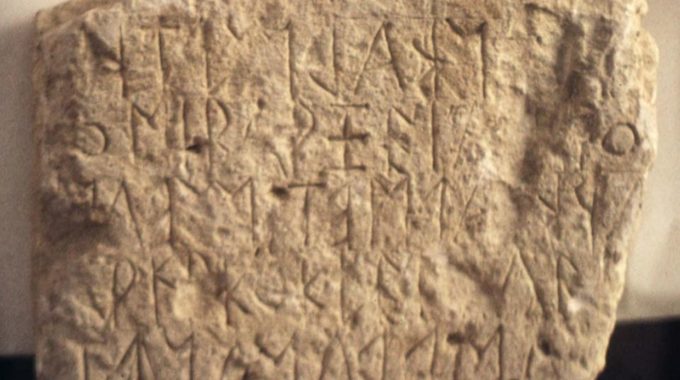
Pressos Archaeological Site
The important ancient city of Pressos was the homeland of the Eteocretans–the true Cretans. These people withdrew to these three hills, built a city and continued their Minoan culture when the Dorians invaded. Remains of an older and newer city were found as well as very important tablets written in the Minoan language using Greek characters. This may help in the deciphering of the Minoan language.
The site was inhabited continually from Neolithic to Hellenistic times. Pressos dominated the east side of Crete, and it had two harbours, one on the north coast–Itia, the site of Sitia–and the other one, Stiles, on the south coast. The excavations have revealed three acropolises, temples, houses, and tombs, but little remain to be seen in the site. From the acropolis, where some ruins still remain, one has a good view of the old harbour of Pressos, Sitia in the distance.
Pressos was in continuous struggle with the powerful cities of Itanos and Ierapytna for the control of the Temple of Zeus Dicteos in Palekastro. Although at some point in time it even shared citizenship with Ierapytna, it was destroyed by Ierapytna about 155 B.C. and was never rebuilt. The inhabitants of Pressos left for Itia (Sitia), their harbour on the north coast and established New Pressos there.
The region was probably inhabited since the Neolithic period. In the cave located in Skales, by the river banks of Kalamauki and Panteli, Neolithic and caramaic ceramics were found. In 1884, Federico Halbherr discovered in Praissos the first Eteocretan inscription and found a large number of clay figurines. The excavations of the Brittish Archeological School revealed that in Praissos there was a city of the historical Hellenistic times. The more ancient Eteocretan city of Praissos, recorded by the ancient Greek historian Stravon, was far from the remains preserved today and after its destruction, the last descendants of the Eteocretans, along with the Dorians, built the new city in the 12th century BC. It is the remains of this new city that are still preserved today. The region of the “state” of Praissos occupied the whole peninsula of Sitia -apart from Itanos- which was then called the Eteocretan peninsula, the peninsula of Praision. The regime of the Hellenic-Geometric Praissos was democratic. As an autonomous city, Praissos had its own coins. In most of these coins we find representations of Hercules, Zeus, Apollo, Demeter and the word “PRAISION”.
At the hill of Praissos a tomb was excavated in 1935, where a Praisian athlete was buried along with his awards, the most characteristic of which were two painted Athenean amphoras dating back to 560 – 500 BC. It seems that the athlete participated and won the pan-Athenean games. In Praissos there are traces of all past centuries. The traces of the Neolithic, the Mycenaean, the Geometric, the Hellenistic, and the Venetian centuries. Even the Turks left two fountains in Vavelous.
Additional Info
Historical Period: Hellenistic
Location: New Pressos village – 19km from Sitia
Opening Hours: Free to visit anytime – Phone: +30 28410 22462
Access: Asphalt road
Entrance Fee: Free – Not organized
What to see in the area...
Archaeological Museum of Sitia
The Archaeological Museum of Sitia opened in 1984 and houses a significant collection, divided into four sections. The exhibits cover a period of approximately 4000 years, from the Final Neolithic…
Folklore Museum of Sitia
The Folklore Museum of Sitia was founded in 1975 by the educational and cultural association "Vintsenzos Kornaros". It contains many important folklore exhibits, mainly handwoven materials, embroideries, local costumes, furniture:…
Makrigialos Minoan and Roman villa
Makrigialos, on the south coast, 38 kms from Sitia and 25 kms from lerapetra, is the coastal settlement of the Agios Stephanos community. It was not possible that the ancients…
Folklore Museum of Pefki
At the highest place of the village, next to the old school (which is not active any more) in a wonderfully kept building logdes the folklore museum of Pefki. It…
Where to stay in the area...
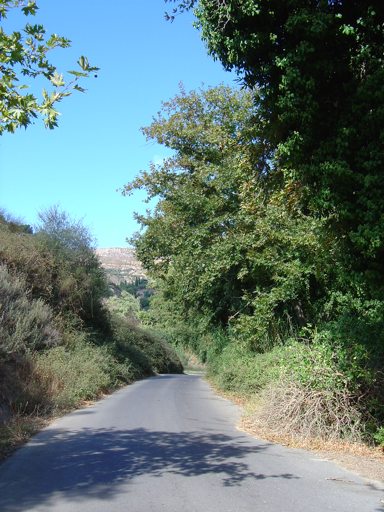
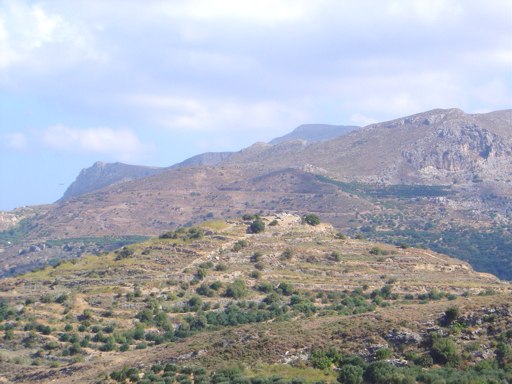
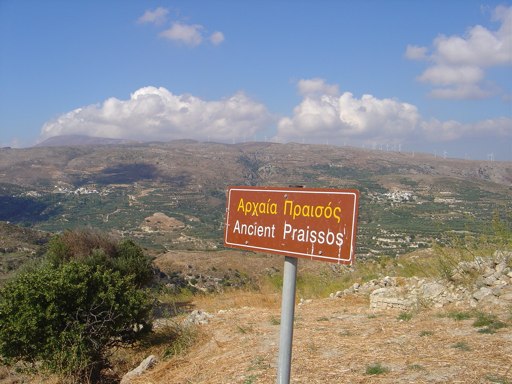
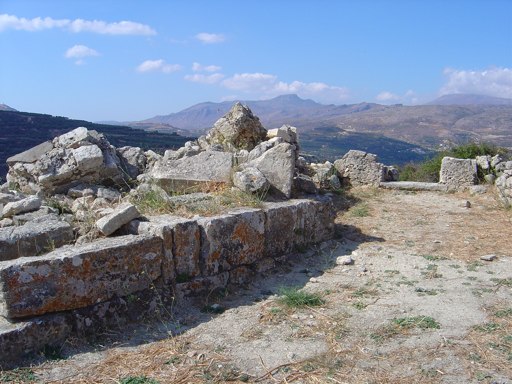
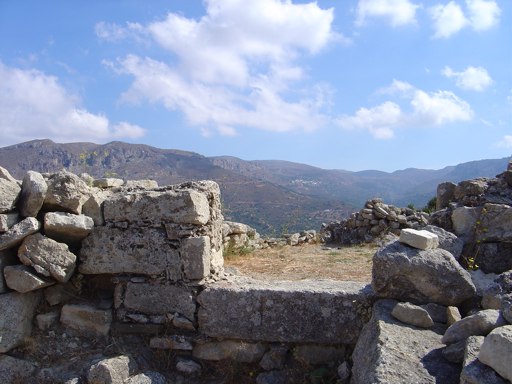
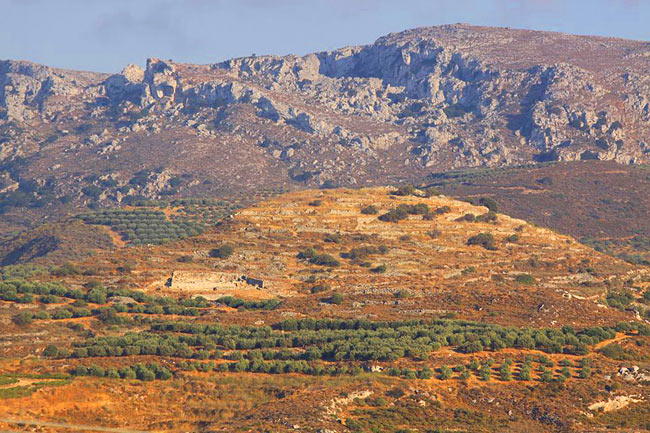
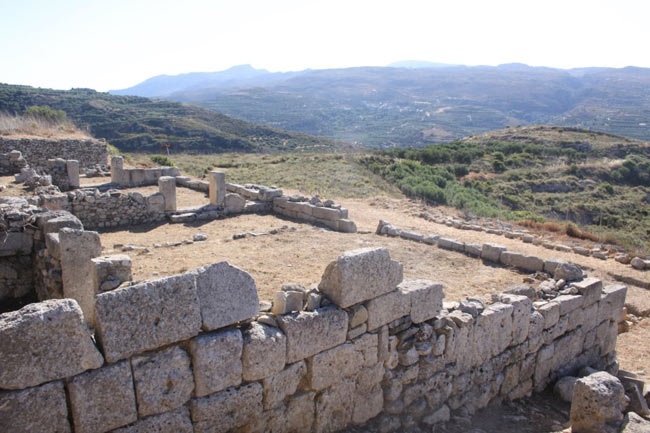
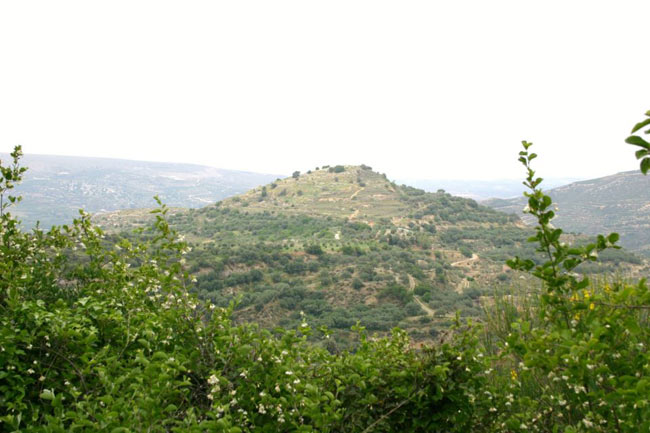
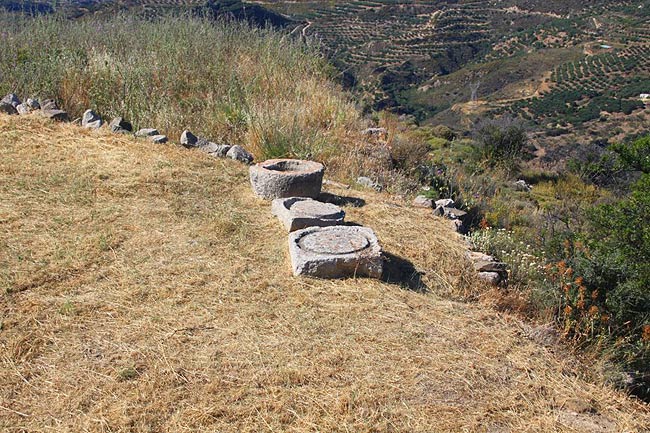
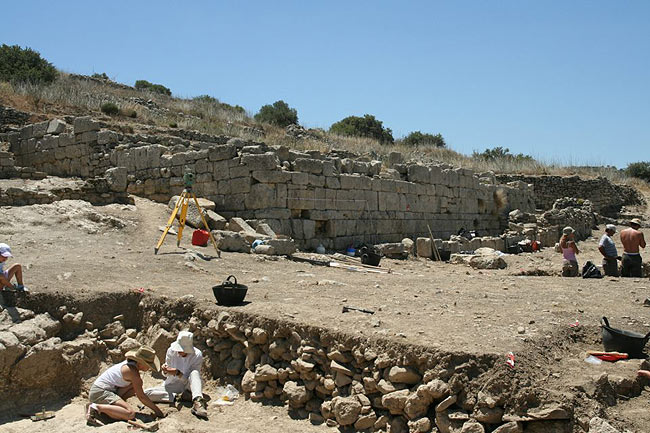
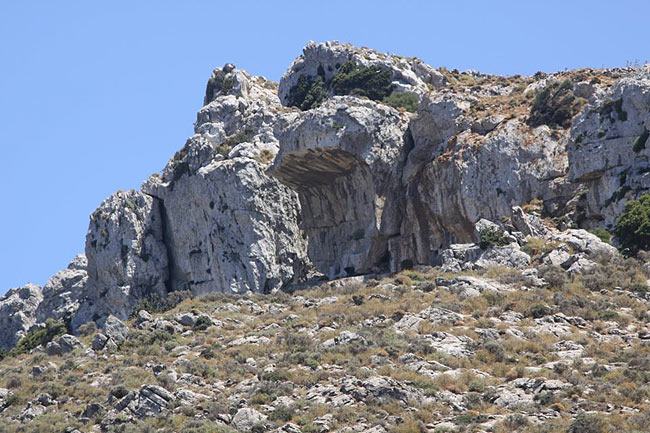
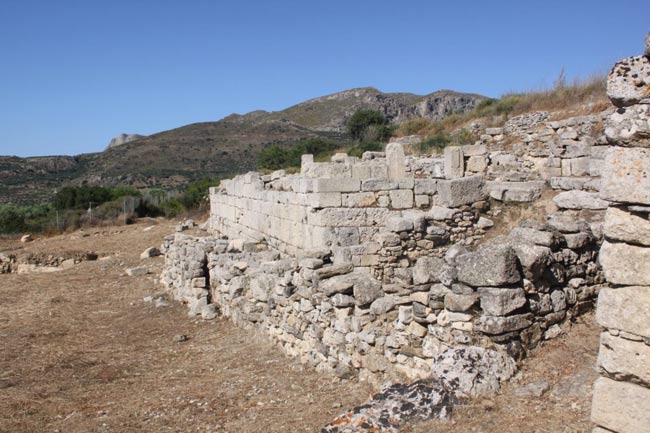
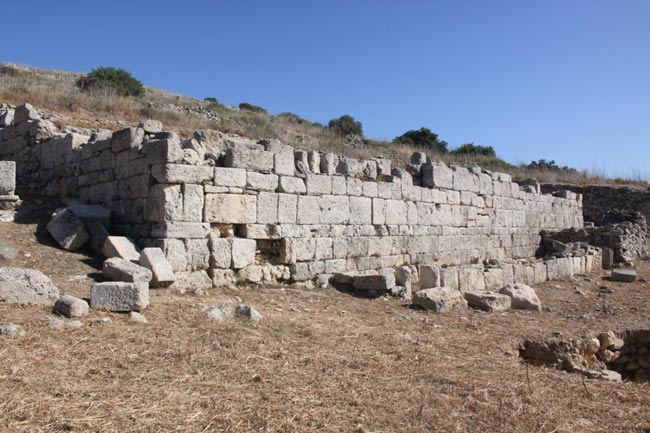
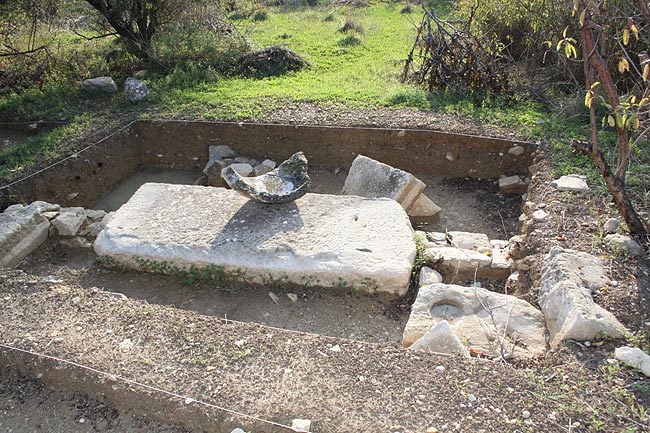
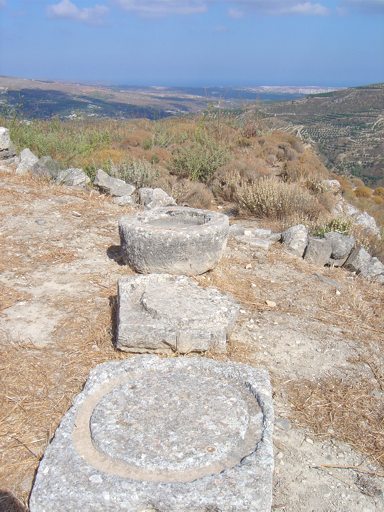
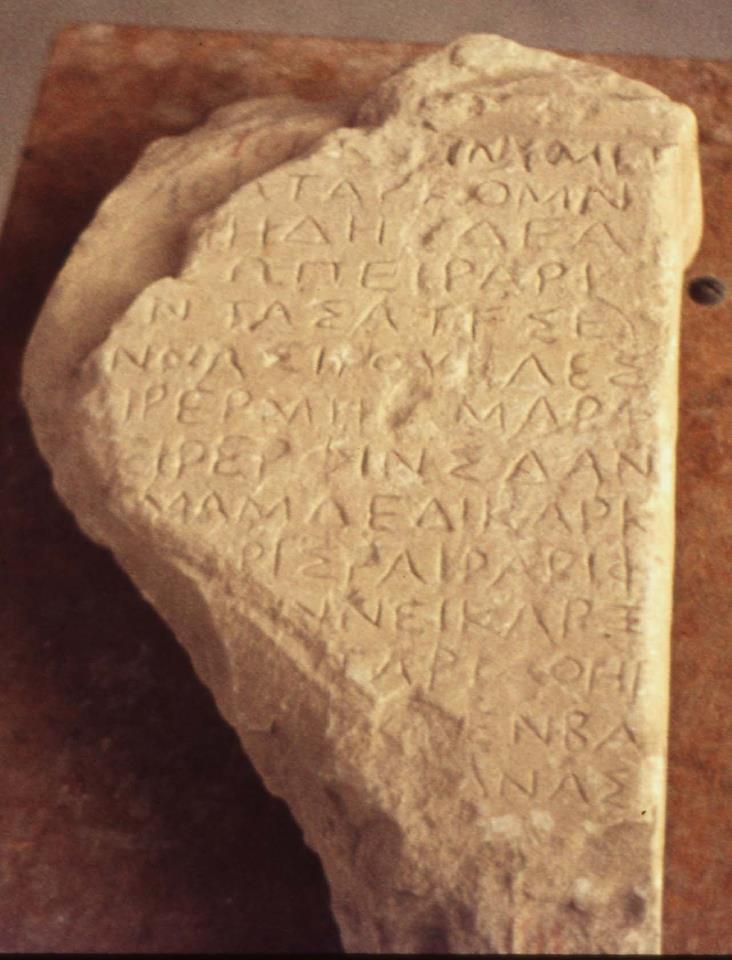
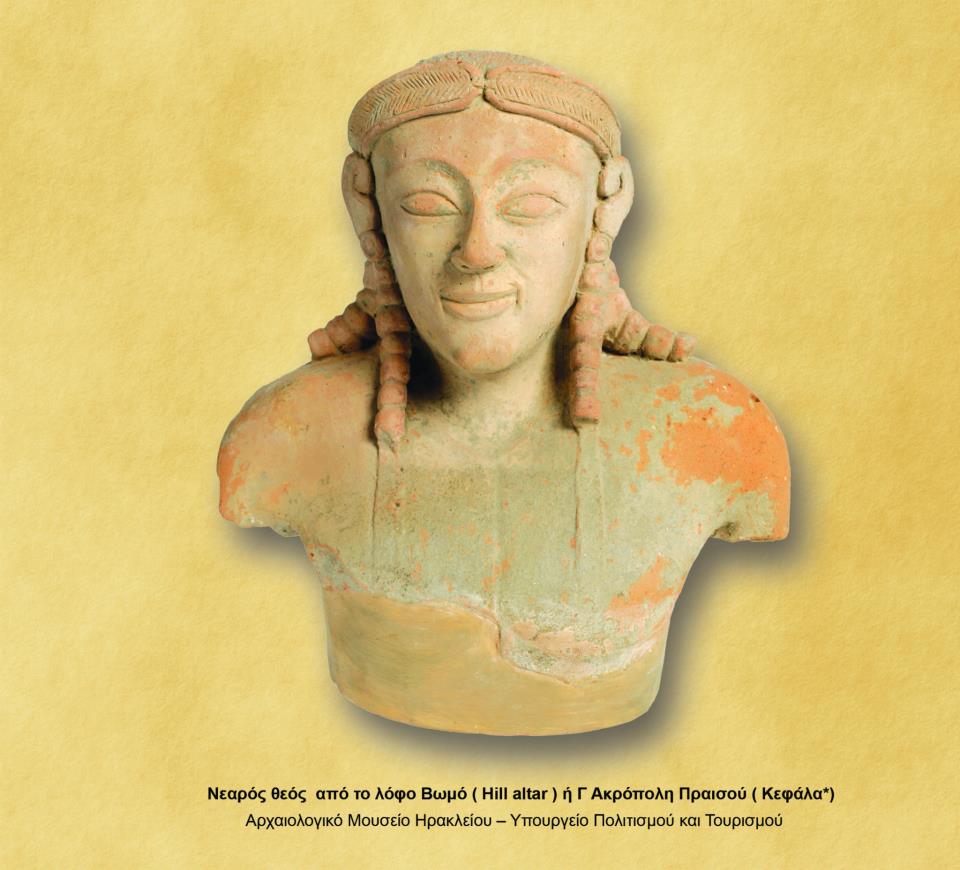
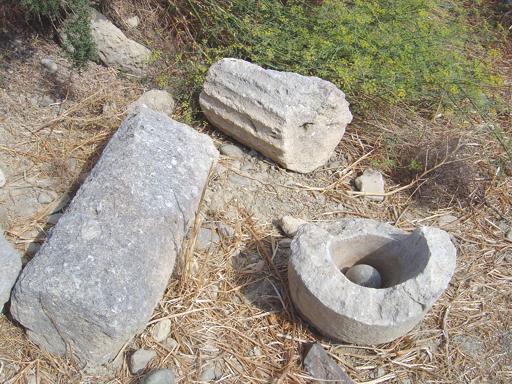
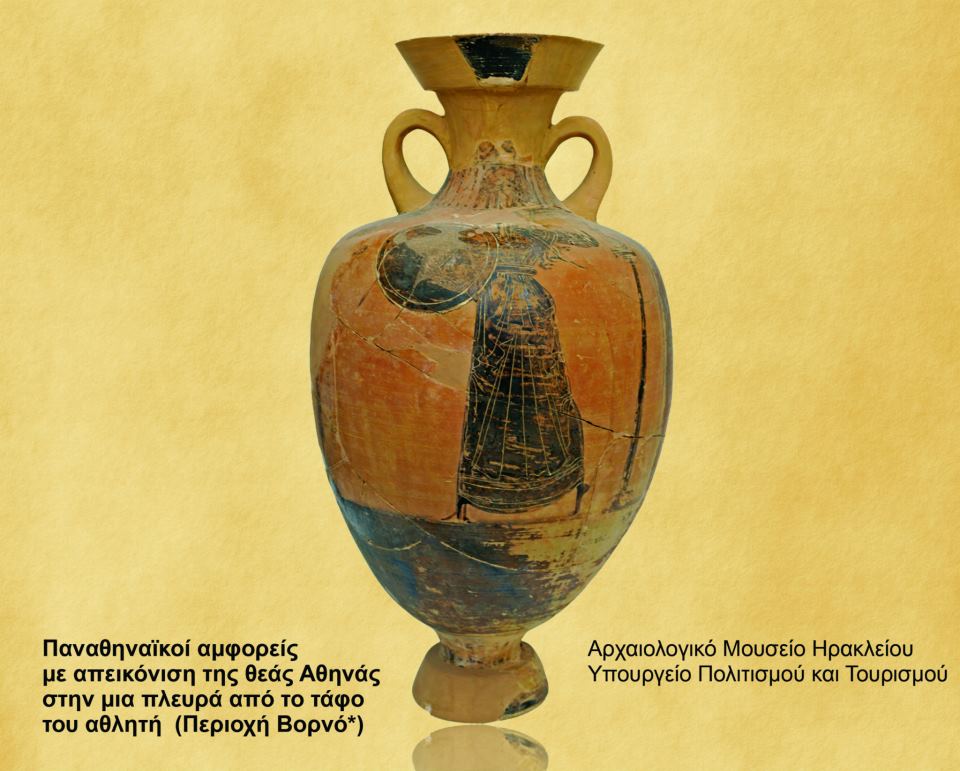
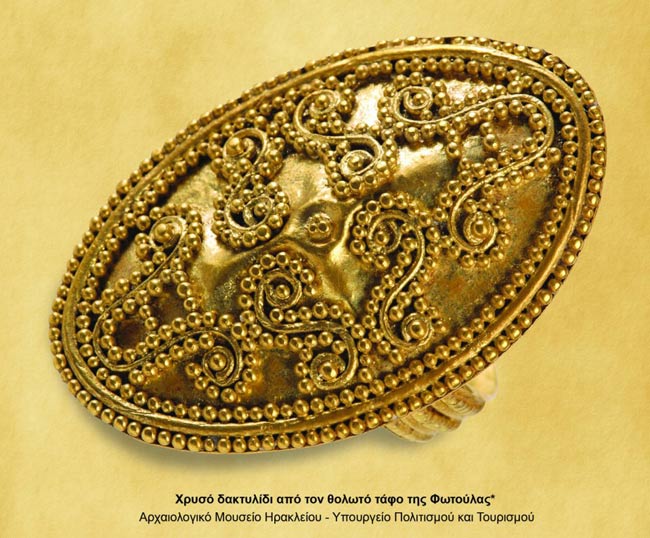
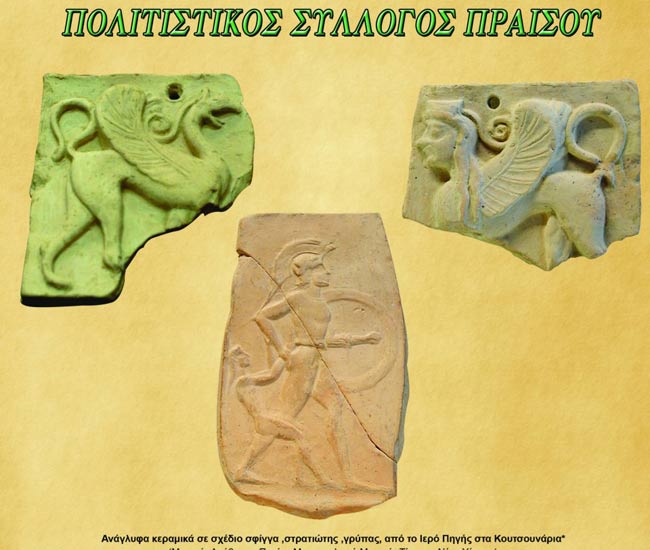
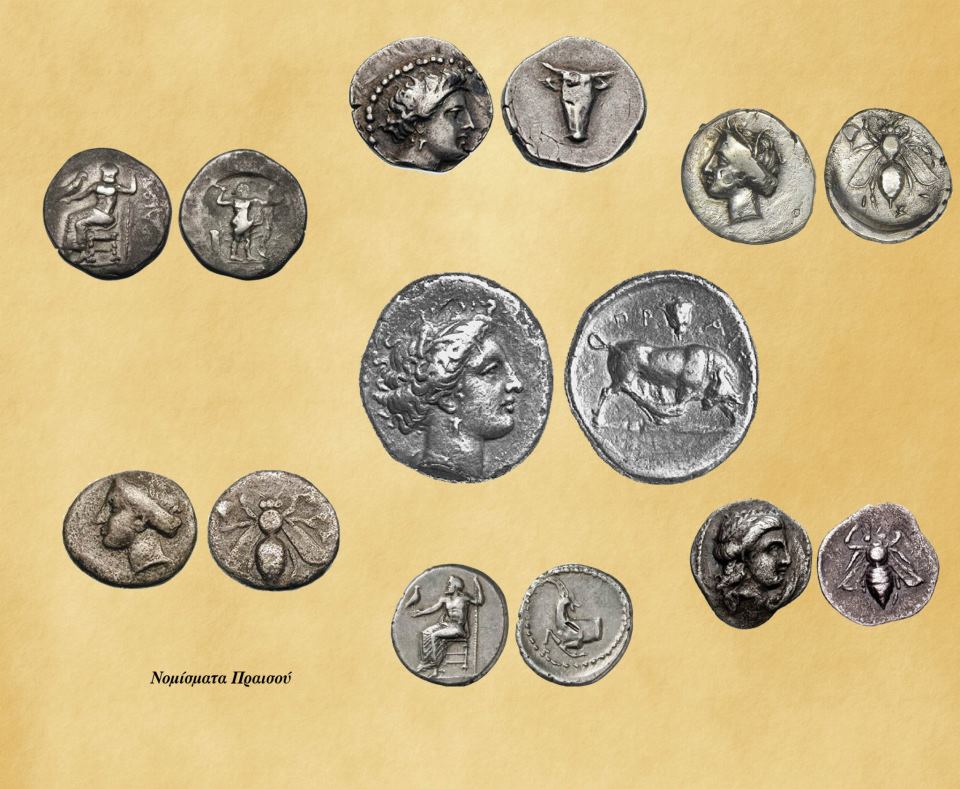
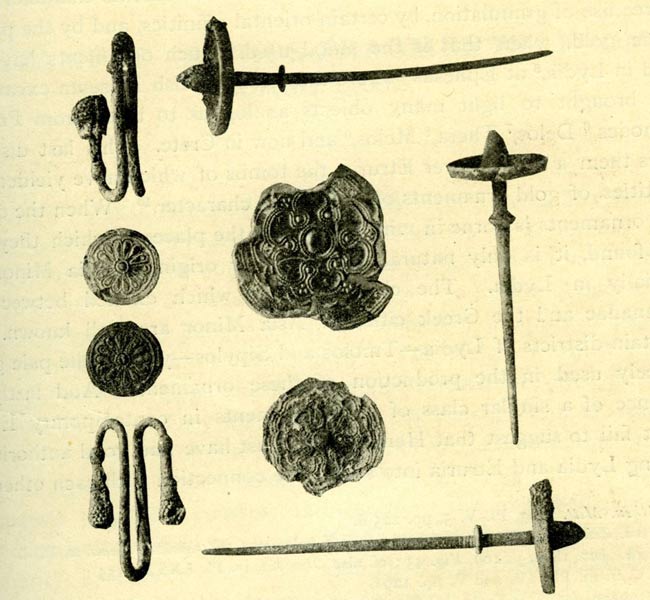
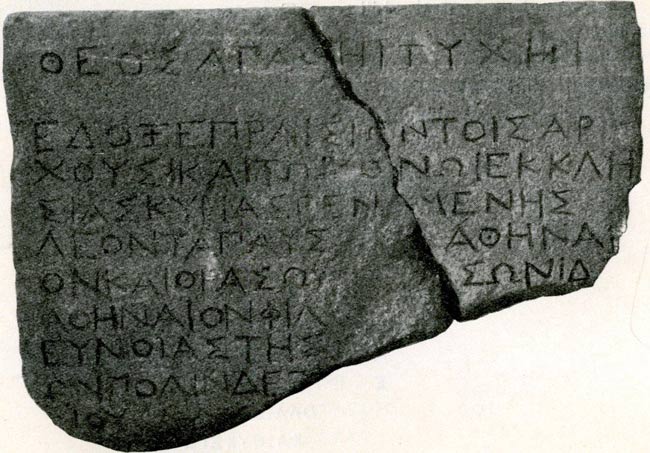
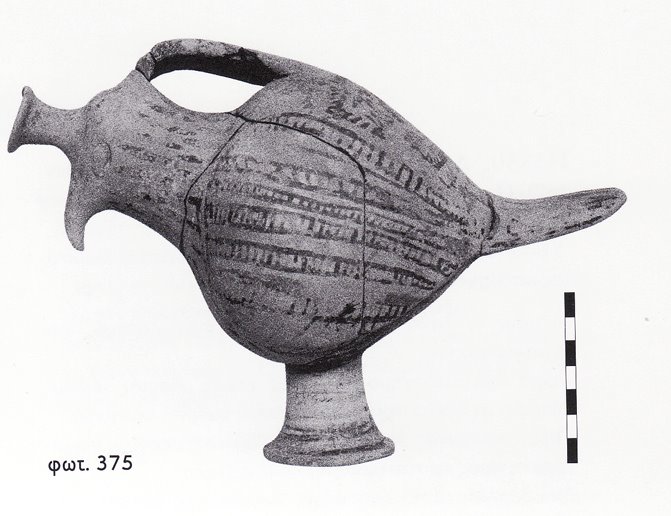
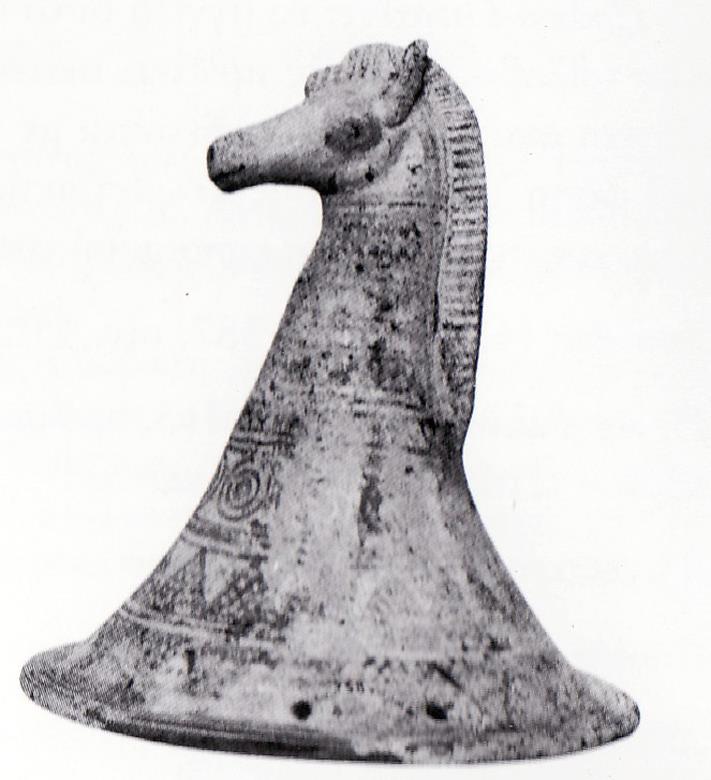
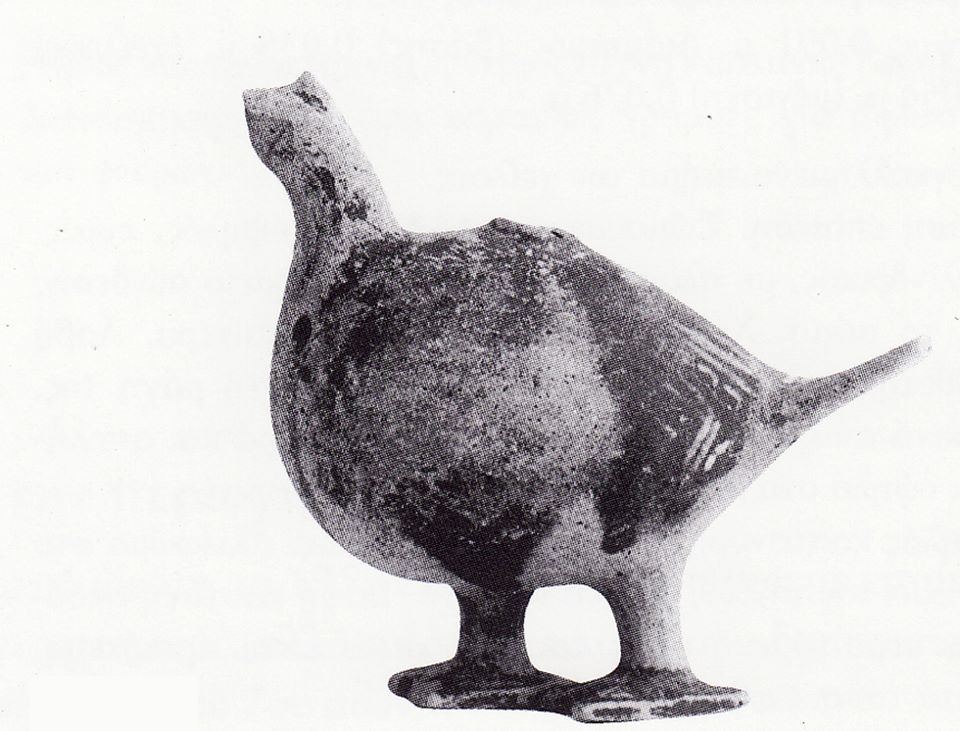
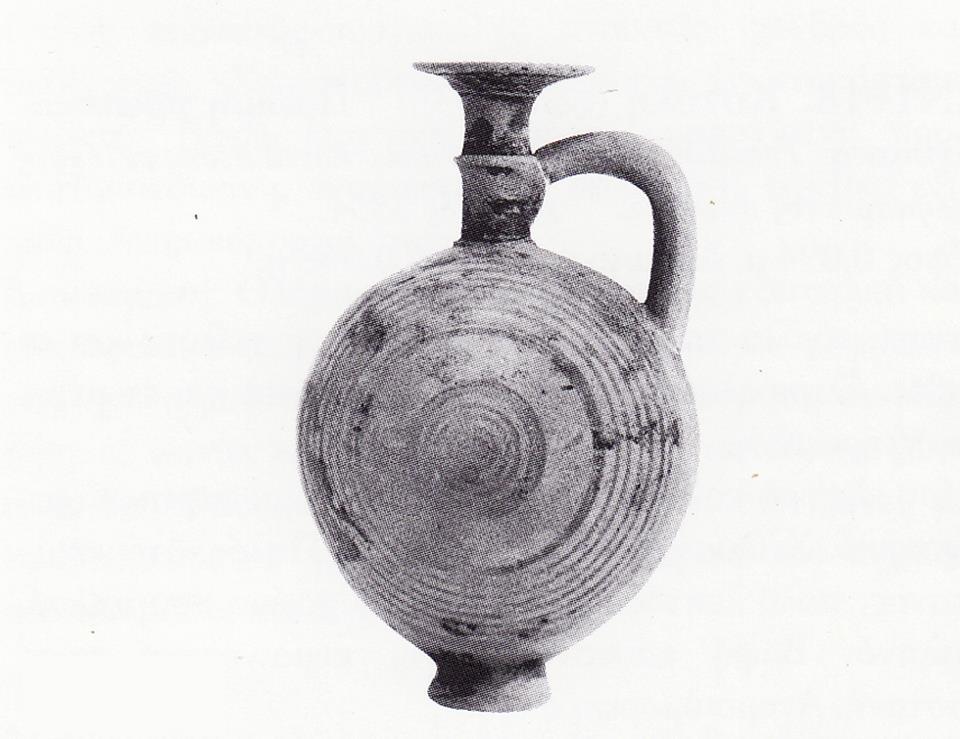
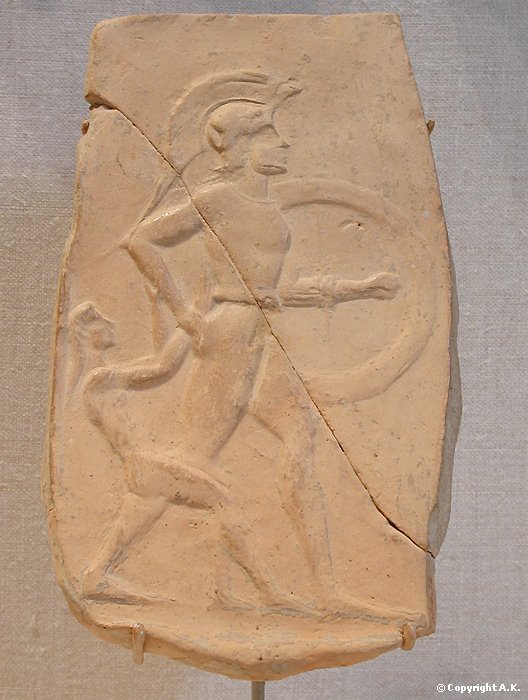
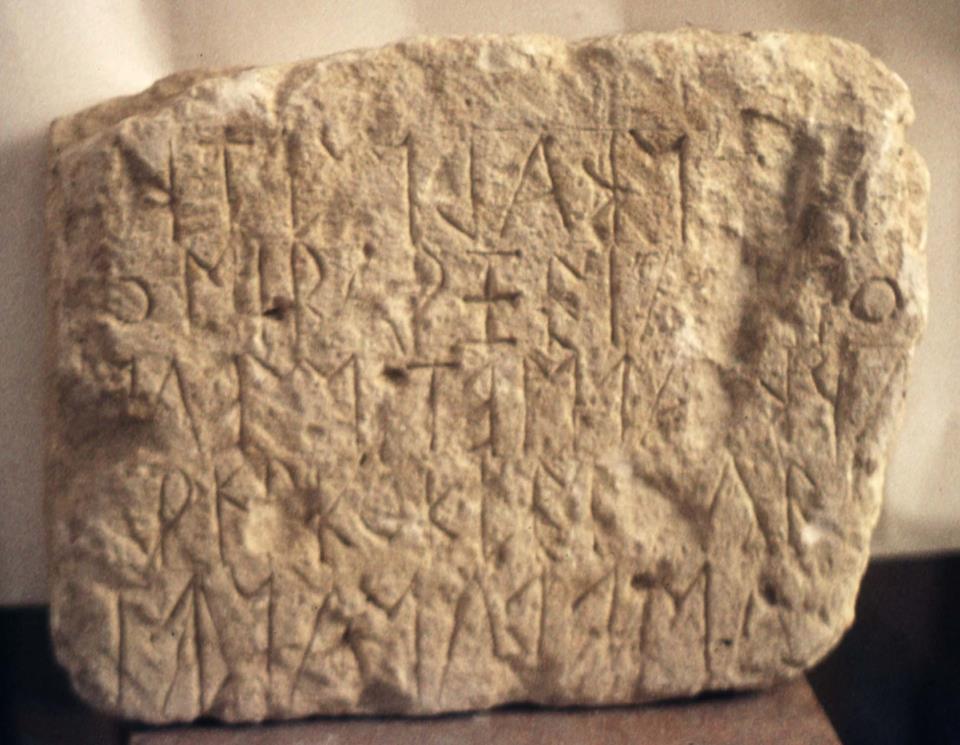
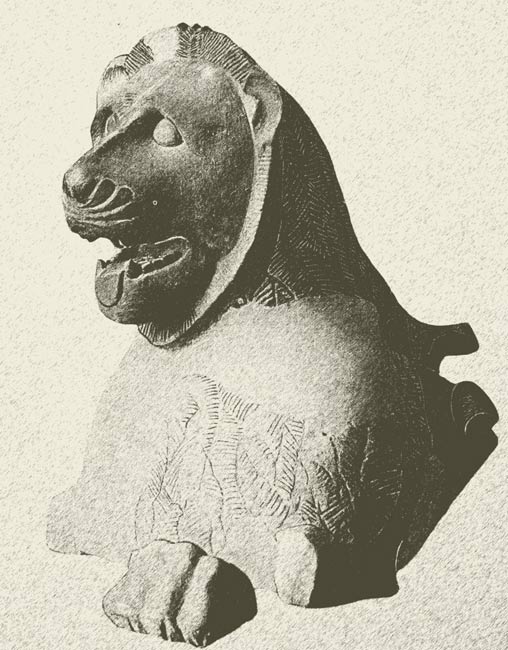
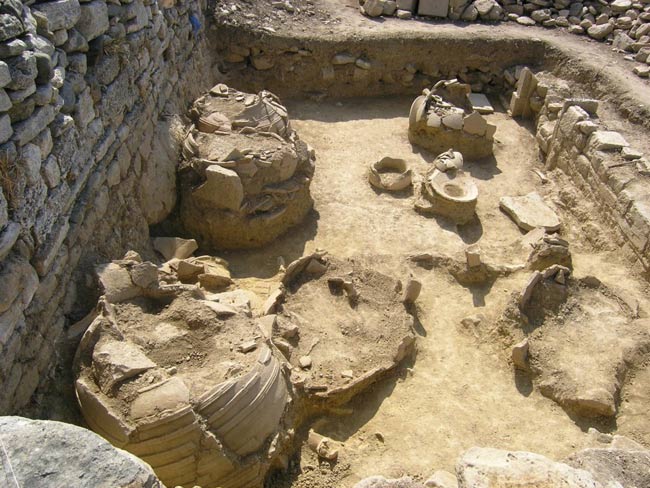
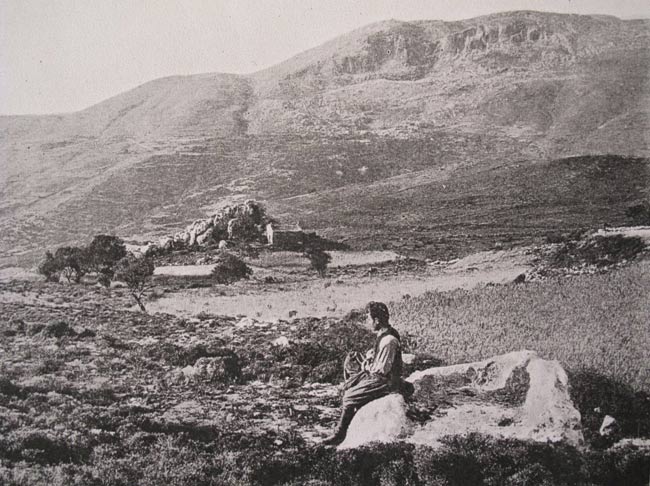
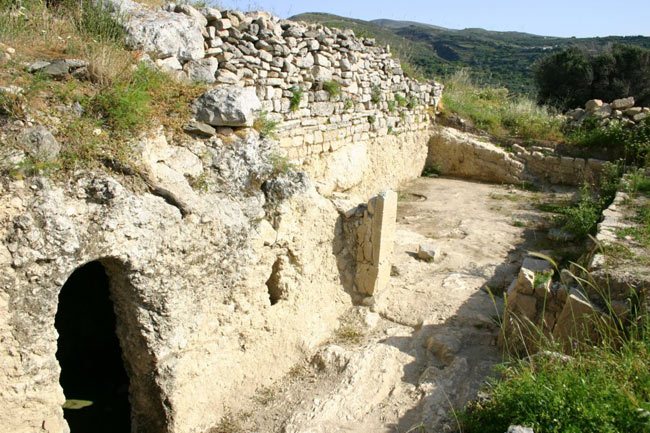
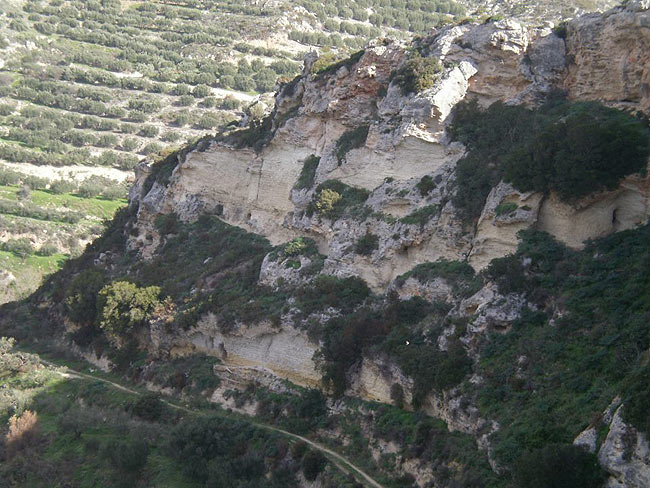
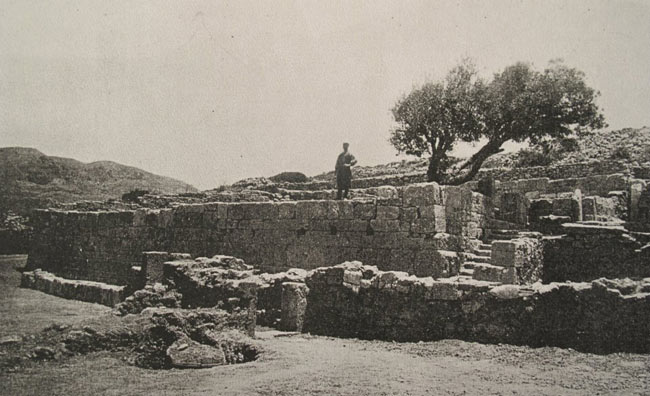
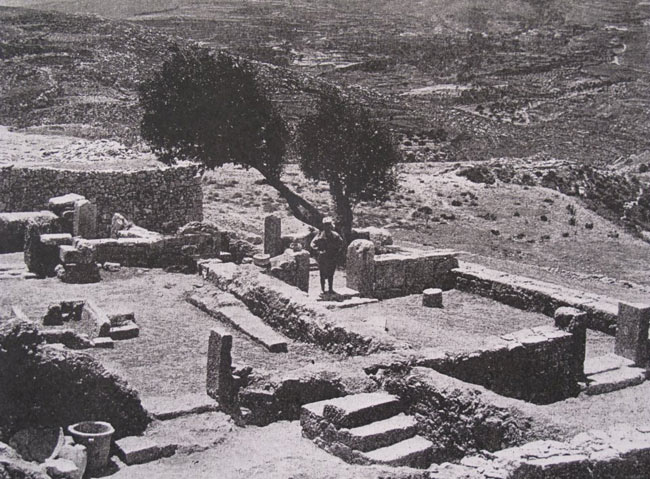
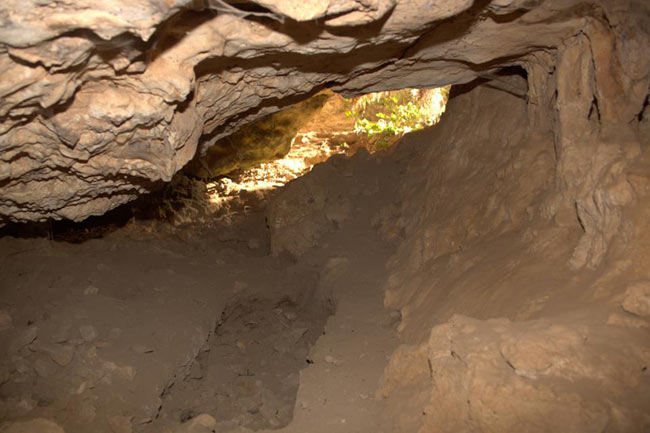
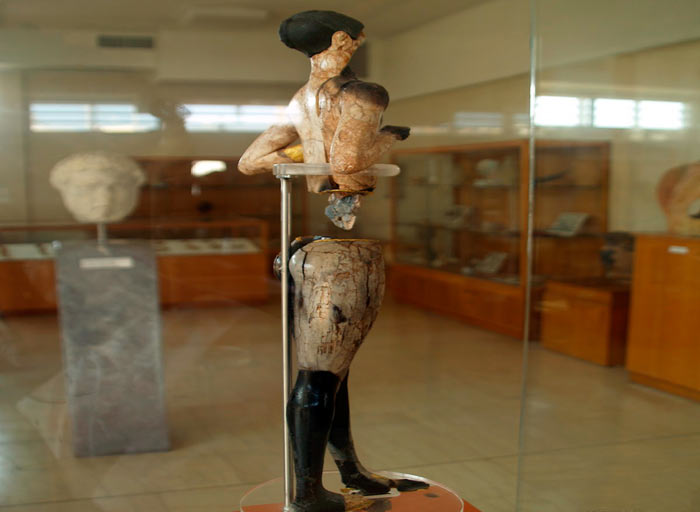
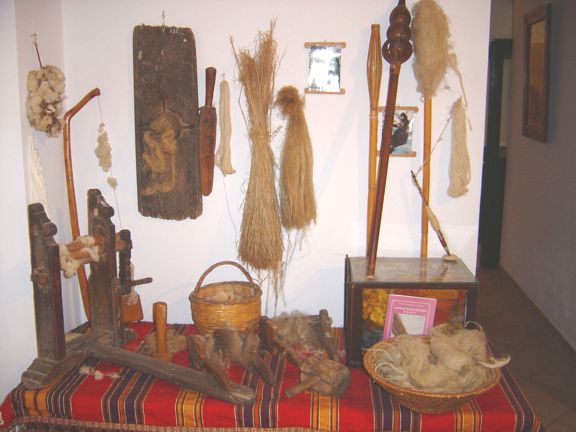
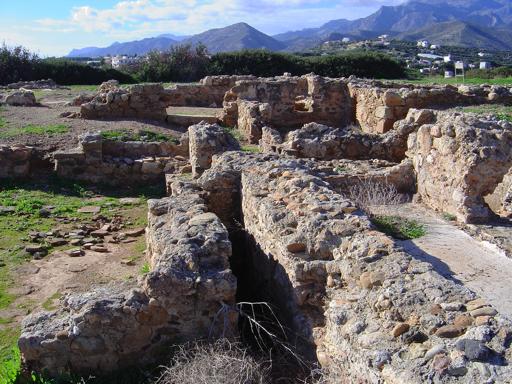
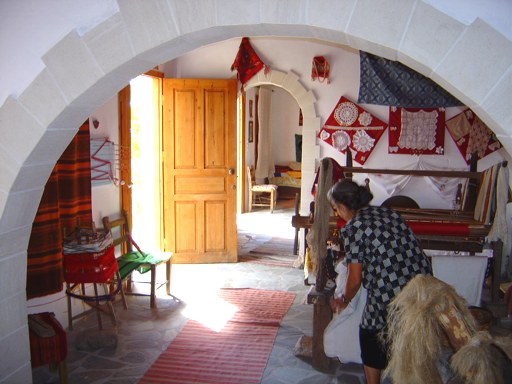
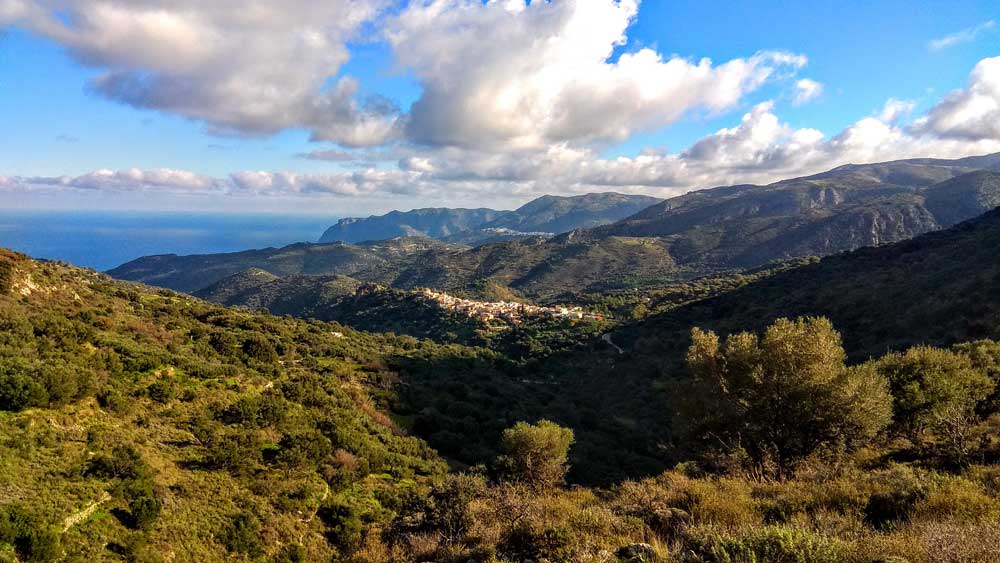
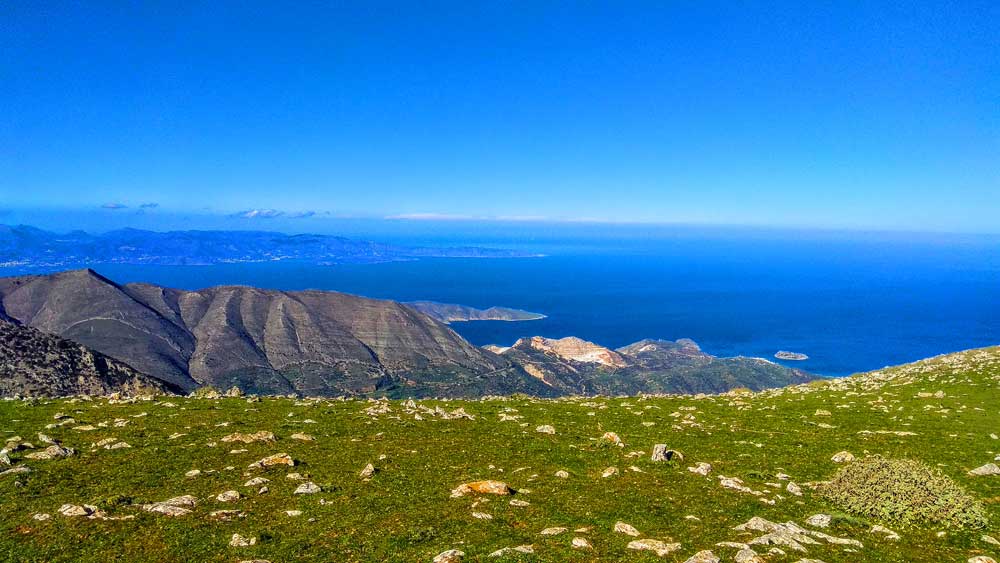
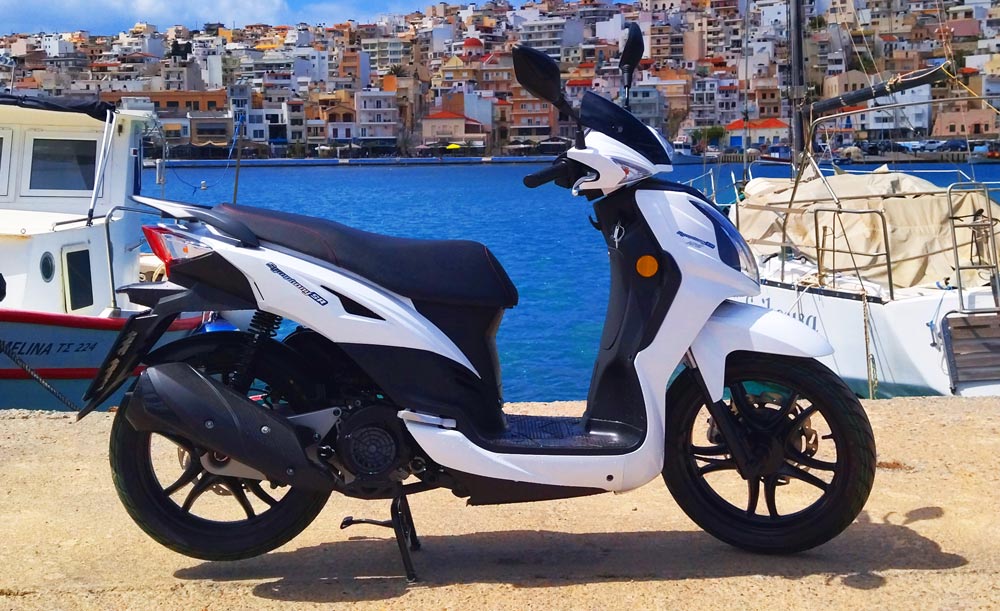
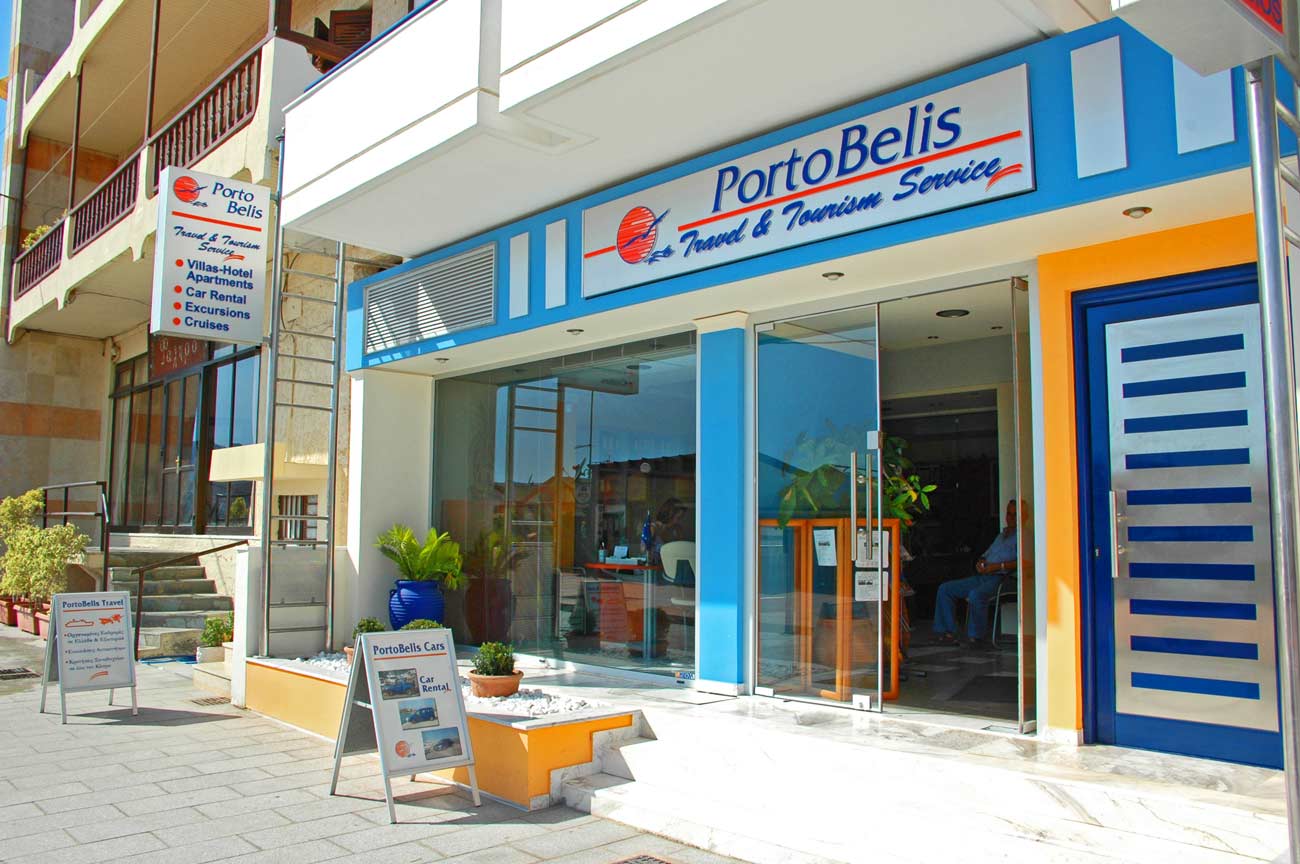
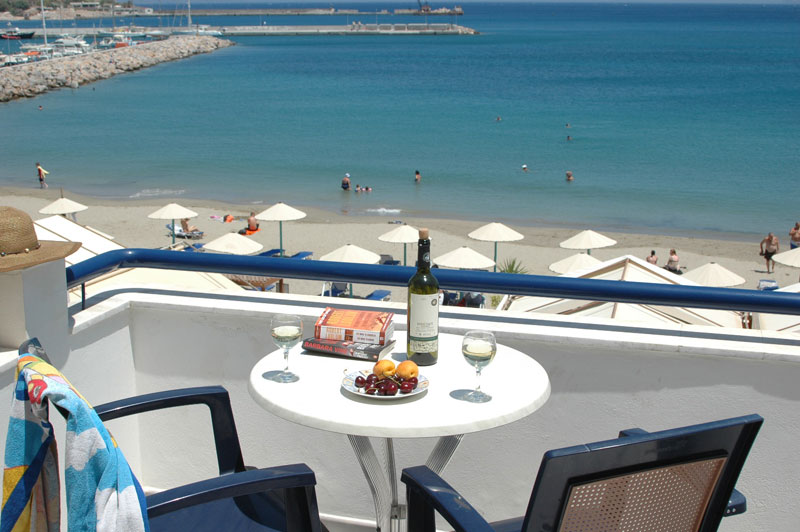
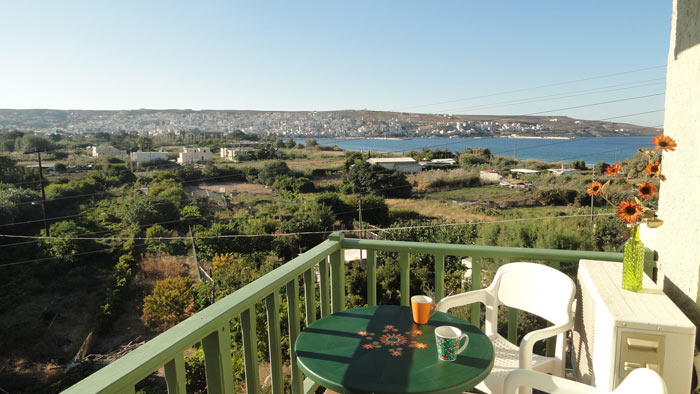
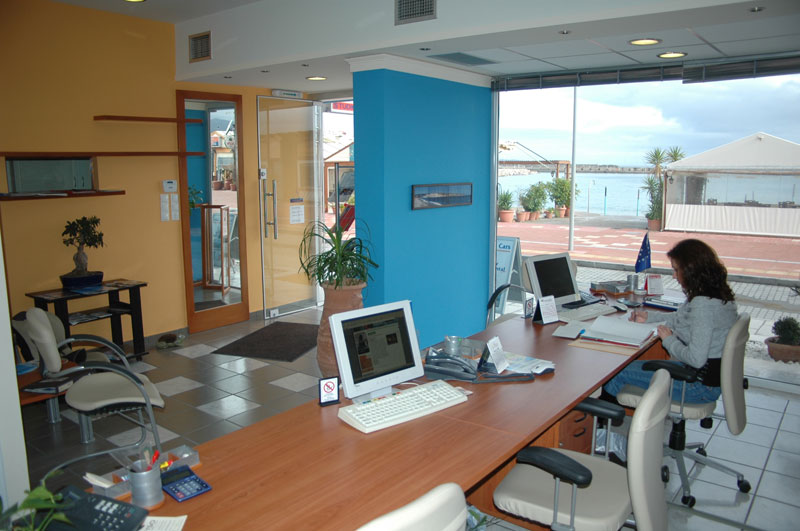
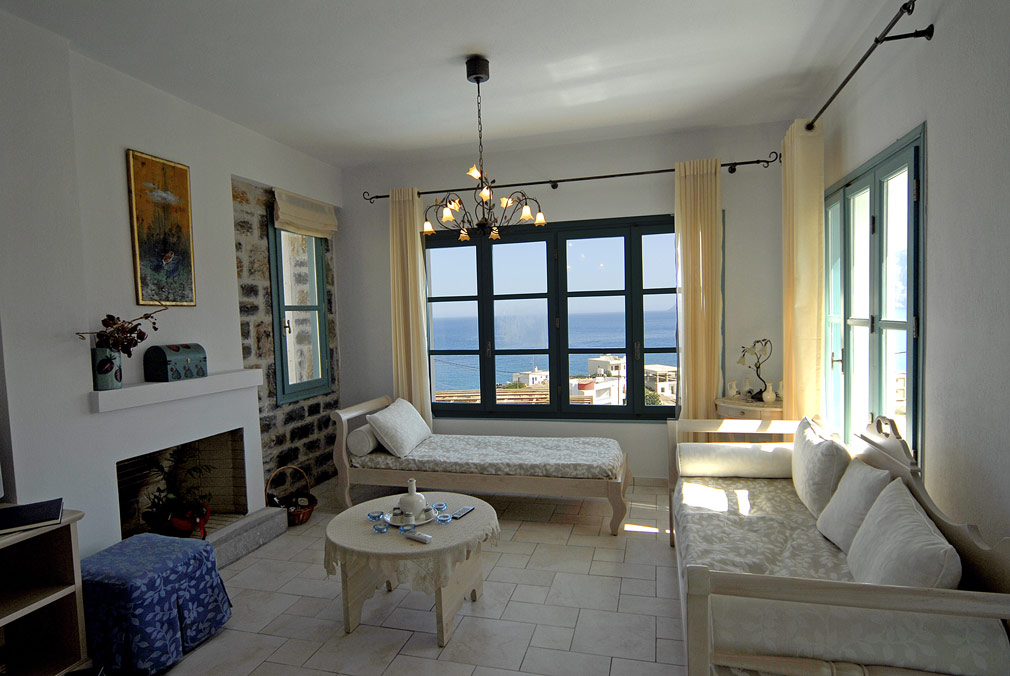
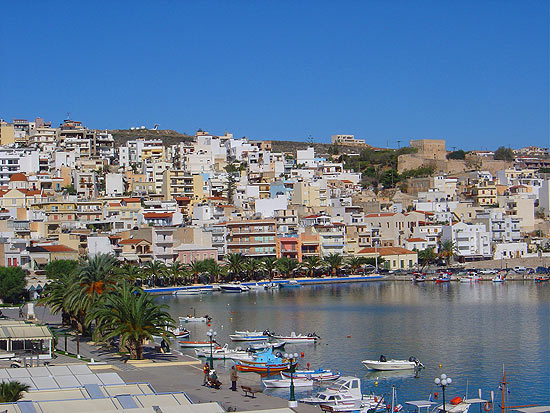
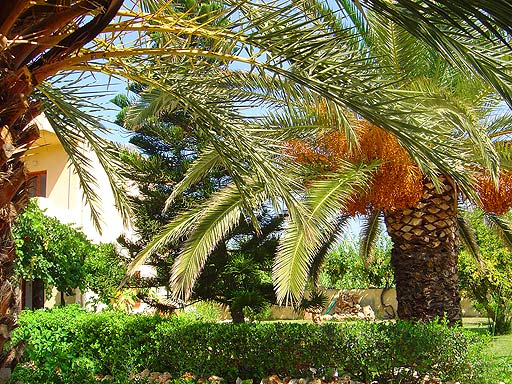
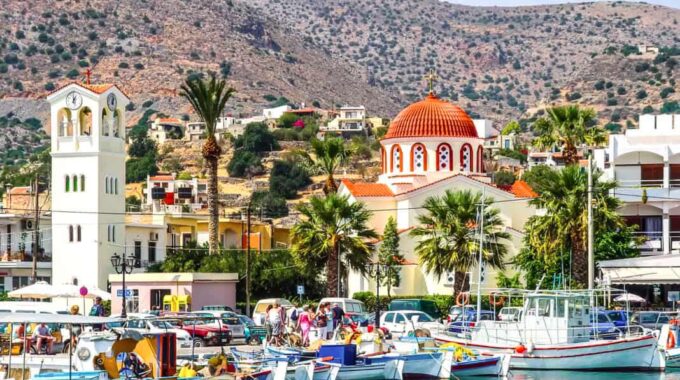
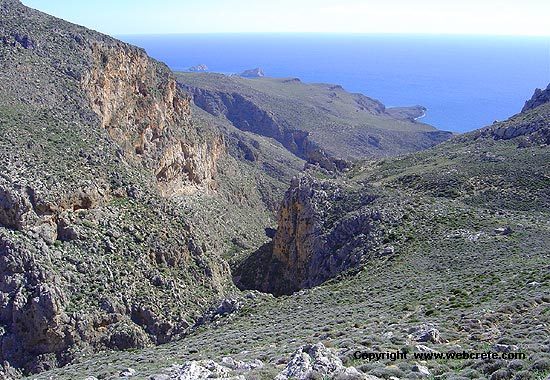
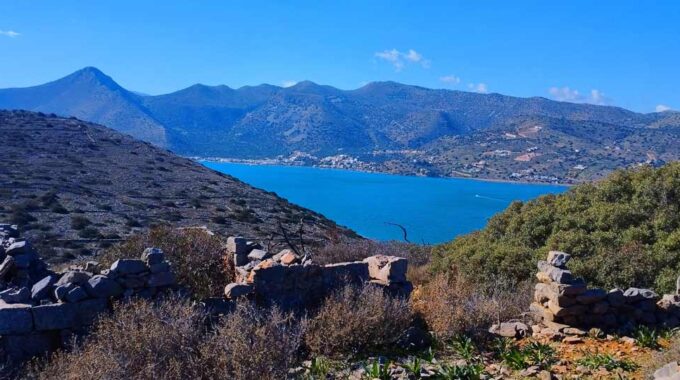
This Post Has 0 Comments